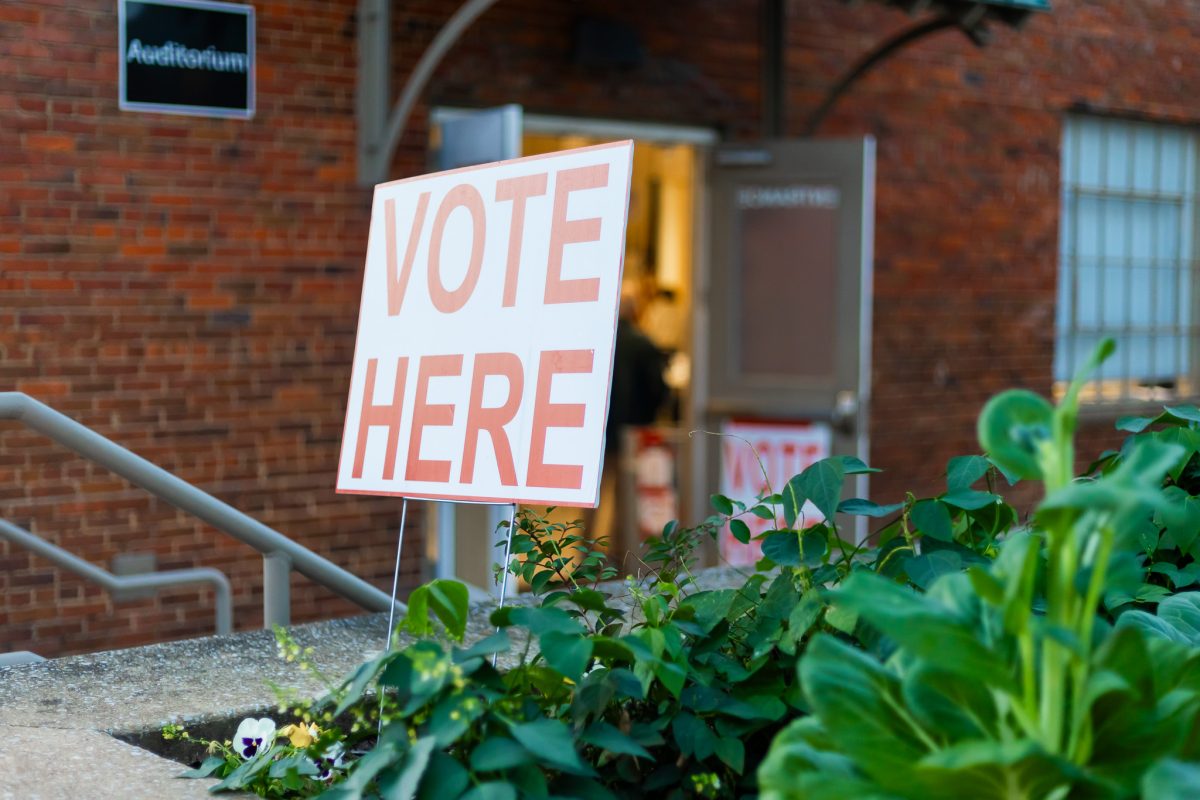With election season coming to a close and hopefully my screen time on the Apple News app returning to normal, it is now time to pivot from predicting the outcome of the election to discussing what happened. As younger generations age into voting eligibility, it’s time for campaigns to reevaluate their messages and strategies geared towards them.
Kamala HQ, an account with over 4.8 million followers on TikTok, rebranded in July 2024. Utilizing a format similar to Charli XCX’s album “BRAT,” which is characterized by a lime green background with overlaying Arial font, the account oriented itself toward young voters.
As I scroll on TikTok, nearly every other video across my For You page is related to the 2024 election cycle. This pandering to the younger generation, not exclusive to one party or another, is offensive. The underlying assumption is that the younger generation’s knowledge of the political sphere is not extensive enough to encapsulate policy and voter issues. By manipulating campaigns to include trends, dances and popular audios on social media, candidates attempt to craft their image to be more palatable to the demographic with a perceived lack of understanding.
Political figures have been using this tactic to appeal to a range of voters since before the 2024 election. For instance, then-President Barack Obama released his first summer playlist in August 2015, establishing an annual tradition that continued through subsequent years. His 2024 playlist featured artists including GloRilla, Morgan Wallen and Charli XCX.
I may be wrong, but I find it difficult to believe the former president is listening to “365” by Charli XCX. By including references deemed relatable by young people, political presence is pandered toward the target demographic of information shared.
While political campaigns that connect with younger generations can be effective in outreach, their messages often lack substance. Social media provides a widespread and highly accessible method for sharing information during election season, yet it frequently prioritizes virality over meaningful coverage of important issues.
Using this strategy can also negatively impact a campaign. Not only does it create an echo chamber that leads to misinformation and perceptions that further polarize the political landscape, but it also reinforces negative stereotypes and results in misinformed political decisions. Additionally, this approach can undermine a candidate’s credibility.
In mid-August, then-presidential candidate Donald Trump shared a series of AI-generated photos featuring Taylor Swift dressed as Uncle Sam accompanied by the caption, “Taylor Swift wants you to vote for Donald Trump,” implying that she had endorsed him when she had not; she quickly refuted the falsified endorsement on Instagram and formally endorsed Harris.
The echo chamber that this forms can lead to misperceptions that further polarize the political landscape and reinforce negative stereotypes. Ultimately, it results in uninformed voters making uninformed political decisions.
While watching podcasts featuring candidates — including Vice President Kamala Harris on Alex Cooper’s “Call Her Daddy,” or Trump and Vice President-elect JD Vance individually on Theo Von’s “This Past Weekend” — may be entertaining, the genuine and effective encouragement of the youth vote extends beyond mere relatability.
With a sense of fatalism extending across the right, center and left, many young voters share the belief that fractured, dysfunctional government systems are ill-equipped to address critical challenges. It is more important now than ever for candidates on local, state and federal levels to communicate their commitment to tackling real issues. Compared to the 2020 election, the 2024 election skewed significantly further to the right even though the Republican candidate remained the same. While Vice President Harris had the disadvantage of a shortened length of time to prepare her campaign, I question if the outcome would differ if she had implemented a different strategy.
Including and emphasizing policies and beliefs prevalent to young people is essential as voters from the millennial generation and Gen Z emerge to the demographic center of power in American politics; however, this only works when it comes from a place of authenticity rather than voter farming. While relatability and likability are important factors in evaluating a candidate’s advocacy, my confidence in their intelligence or ability to make sound decisions is not affirmed by a TikTok dance or superficial involvement in youth popular culture.









